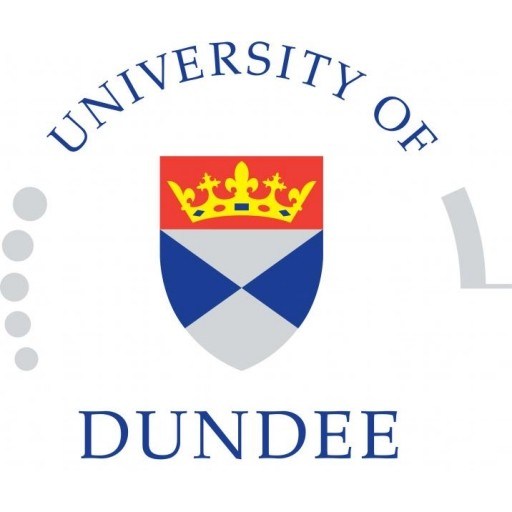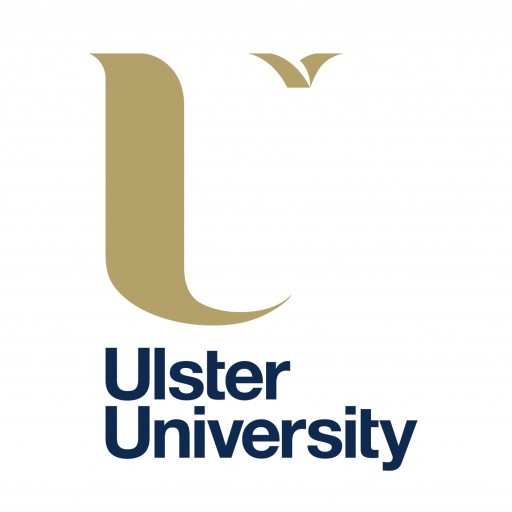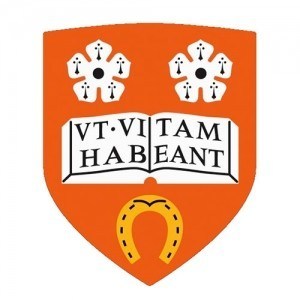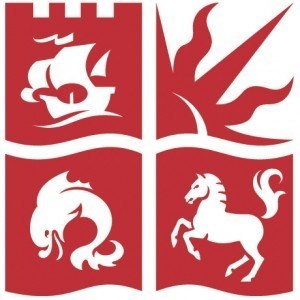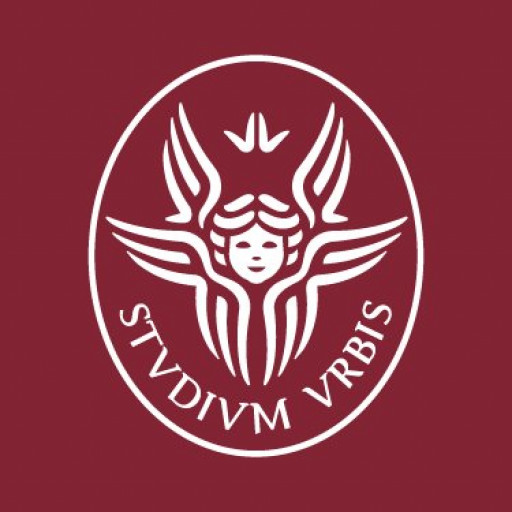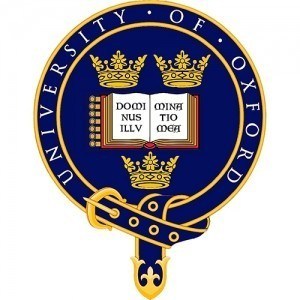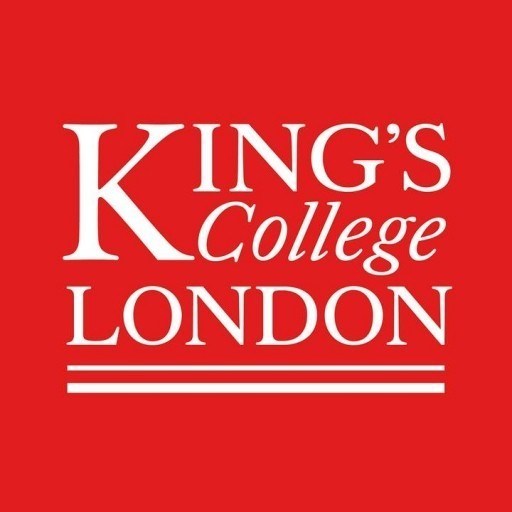Photos of university / #tu.muenchen
The four semester Master programme starts every year in winter semester (October) and will enroll up to 25 students from all over the world. Language of instruction is English. The full-time programme awards a total of 120 ECTS and is to be completed in two years. Students obtain 30 ECTS in each semester/at each university, respectively 30 ECTS for their Master thesis.
The qualification finally awarded to the students is the joint degree “Master of Science (M.Sc.) in Cartography” issued by TUM, TUW, TUD and UT together.
-
1st semester
Compulsory modules:
A-1 Cartographic Foundations (5 ECTS)
A-2 Geo-Information (6 ECTS)
A-3 Geovisualization and Geostatistics (5 ECTS)
A-4 Introduction to Photogrammetry, Remote Sensing and Image Processing (6 ECTS)Elective modules:
A-5 Scientific Visualization (5 ECTS)
A-6 Mapping Project (5 ECTS)
A-7 Engineering Databases (3 ECTS)
A-8 Observing and Modelling Global Dynamic Processes (3 ECTS)
A-9 Atmospheric Physics and Remote Sensing (3 ECTS)
A-10 English – Scientific Presentation and Writing C2 (3 ECTS) -
2nd semester
Compulsory modules:
B-1 Cartographic Theories and Applications (9 ECTS)
B-2 LBS & Multimedia Cartography (10 ECTS)
B-3 Cartographic Publishing (5 ECTS)
B-4 Applied Cartographic Research & Development (6 ECTS) -
3rd semester
Compulsory module:
C-1 Georelief and Cartography – Morphogenetic and Environmental Understanding (9 ECTS, including 11 days excursion)
Elective modules:
C-2 Mobile Cartography (9 ECTS)
C-3 Subject-specific GIS Applications and Case Studies (9 ECTS)
C-4 True-3D Cartography and Visualization of Dynamic Geo-Features (4 ECTS)
C-5 Remote-Sensing-based Environmental Mapping (4 ECTS)
C-6 History of Cartography (4 ECTS) -
4th semester
Master's thesis preparation at one of the four cooperating universities
- Official certified copies of final degree and diploma
- Non-native speakers of English will be required to submit a TOEFL (iBT min. 88; CbT min. 234; PbT min. 605), an IELTS (min. 6.5) or a certificate of Cambridge Main Suite (CAE or CPE, Level A, B, C).
- Printed & signed TUMonline application form (which you get after concluding TUMonline application)
- Current passport photo (uploaded in the TUMonline application system)
- Passport (digital or analog copy)
- Detailed curriculum vitae (digital document uploaded in the TUMonline application system)
- Letter of motivation (1-2 pages, digital document uploaded in the TUMonline application system): Please describe your personal reasons and your motivation for undertaking post-graduate studies in Cartography Master programme at TUM - TUW - TUD - UT. It is very important for us that your letter of motivation informs us about your particular interests in the field of Cartography.
- Two letters of recommendation must be submitted from faculty members, who are familiar with your work in the major area of your graduate study. If that work occurred some time ago, a recommendation from those people familiar with your professional performance is acceptable. (in each case the original document)
- Officially certified copy of complete university transcript of records including translation into English
Programme country student means in this context of an Erasmus Mundus Joint Master Degree grant:
- a national from the EU Member States and further programme countries (Iceland, Liechtenstein, Norway, Turkey, the former Yugoslav Republic of Macedonia (FYROM)), or a resident from the EU Member States and further programme countries, who has carried out his or her main activity (studies, work, etc.) for more than a total of 12 months over the last five years in any of these programme countries (reference date: application deadline, March 15)
- who has already obtained a first higher education degree (applicants having fulfilled 180 credit points of a Bachelor degree will be accepted provisionally, if they provide their (diploma) certificate until course start)
- who has NOT been accepted to register or is registered in an Erasmus Mundus Joint Master Degree Course already
- Scholarship holders must spend their study period in at least two of the consortium partner countries. These two countries must be different from the country in which the scholarship holder has obtained his/her last university degree.
Partner country student means in this context of an Erasmus Mundus Joint Master Degree grant:
- a national from OTHER countries than above, who has NOT carried out his or her main activity (studies, work, etc.) for more than a total of 12 months over the last five years in any of the programme countries (reference date: application deadline, March 15);
- who has already obtained a first higher education degree (applicants having fulfilled 180 credit points of a Bachelor degree will be accepted provisionally, if they provide their (diploma) certificate until course start)
- who has NOT been accepted to register or is registered in an Erasmus Mundus Joint Master Degree Course already
- Scholarship holders must spend their study period in at least two of the consortium partner countries. These two countries must be different from the country in which the scholarship holder has obtained his/her last university degree.
The Geoinformatics and Cartography Master's program at the Technical University of Munich (TUM) offers students a comprehensive education in the fields of geospatial data analysis, geographic information systems (GIS), remote sensing, and cartographic visualization. This interdisciplinary program is designed to equip students with both theoretical knowledge and practical skills necessary for a professional career in geospatial sciences, urban planning, environmental monitoring, and spatial data management. Students learn to process complex spatial data, create detailed maps, and utilize advanced GIS software to solve real-world problems related to land use, transportation, and natural resource management. The curriculum includes core modules such as Geographic Information Science, Spatial Data Infrastructure, Cartography and Visualization, Remote Sensing, and Programming for Geoinformatics. Additionally, students have opportunities to participate in research projects, internships, and collaborative work with industry partners, fostering practical experience and industry connections. The program emphasizes innovation and technological development, including the use of modern tools like artificial intelligence and machine learning in geospatial applications. Students also gain knowledge in spatial data standards, data security, and legal aspects related to geoinformatics. Graduates are well-prepared to pursue careers in academia, public administration, environmental consultancy, urban development, and private sector geospatial companies. The master's program typically takes two years to complete and is conducted in English, attracting students from all over the world. The university’s strong research orientation and state-of-the-art facilities support students’ academic growth and professional development.

